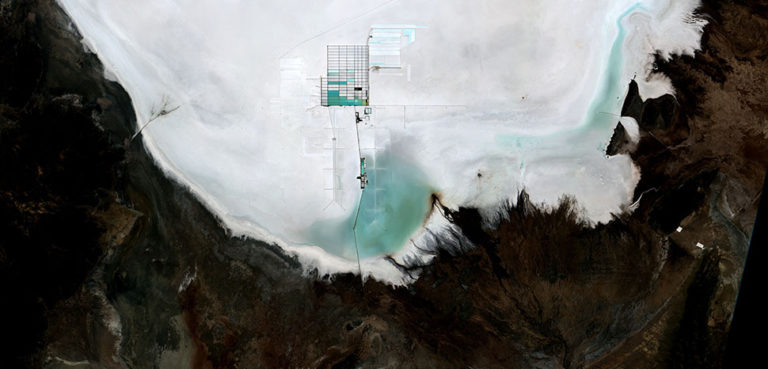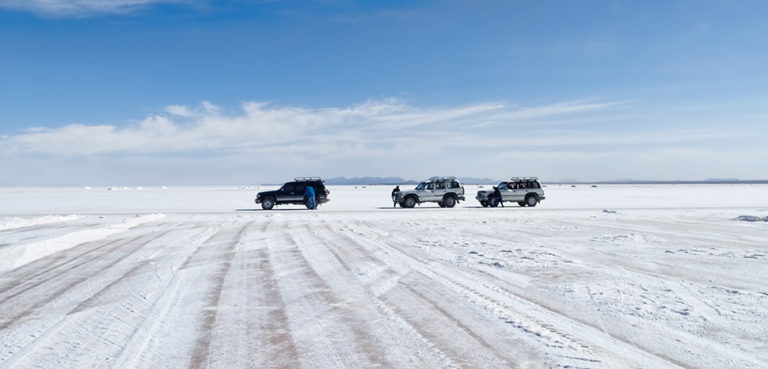On 13 July, a deadly attack on the village of Kinsele in the western Democratic Republic of Congo (DRC) by the Mobondo militia resulted in the deaths of at least 70 people, including nine soldiers and the wife of a soldier. The incident reflects a worrying trend of escalating violence in regions of the DRC – regions that were previously considered relatively stable compared to the conflict-ridden East.
The attack occurred about 100 km east of Kinshasa in Kwamouth territory. This area has been at the center of a violent conflict between the Teke and Yaka communities for the past two years, resulting in hundreds of casualties. The conflict, primarily driven by disputes over land rights and customary taxes, began in June 2022. The Teke, the indigenous population, have clashed with the Yaka and other ethnic groups who settled near the Congo River.
The Mobondo militia supposedly defends the Yaka people involved in this conflict, and the militia has hitherto managed to evade military suppression despite efforts by the Congolese army. A ceasefire agreement was reached in April 2024, attended by DRC President Félix Tshisekedi; however, violence has persisted and intensified more recently.
The recent attack in Kinsele is particularly alarming given its proximity to Kinshasa. Historically, most of the DRC’s violence has been concentrated in the eastern regions, where over one hundred non-state armed groups wrestle for control over valuable resources such as gold.
Earlier this month, a militia attacked a gold mine in northeastern DRC, resulting in the deaths of six Chinese miners and two Congolese soldiers. However, the shift of significant violent incidents to the western areas like Kwamouth signifies a worrying expansion of unrest.
The increasing violence in the western region presents a major challenge for the Congolese government. The military is already heavily engaged in trying to control the active armed groups in the east. The emergence of serious conflict closer to Kinshasa jeopardizes regional stability and highlights the country’s wider governance and security issues.
The Teke-Yaka conflict illustrates the deep-rooted and complex nature of local disputes in the DRC. Longstanding issues of land ownership, customary rights, and ethnic tensions are often worsened by the presence of armed groups who exploit these divisions. The activities of the Mobondo militia in Kwamouth territory show how local grievances can escalate into widespread violence, involving national security forces and complicating efforts to achieve lasting peace.
Furthermore, the DRC’s poor infrastructure and communication networks lead to delayed reports of attacks. This complicates timely responses from security forces and humanitarian agencies, potentially resulting in higher casualties for affected communities.
The Congolese government faces a formidable task in addressing these multi-faceted conflicts. Ensuring effective military intervention, fostering genuine reconciliation between rival communities, and addressing underlying socioeconomic issues are critical steps needed to stabilize both the eastern and western regions of the DRC. Additionally, international support and engagement remain crucial in providing the necessary resources and pressure to achieve sustainable peace.
The recent attack in Kinsele serves as a reminder of the persistent and expanding violence within the DRC. As conflicts spread from the traditionally volatile East to the Western regions, the need for comprehensive and coordinated efforts to address the root causes of violence and promote stability becomes ever more urgent.




